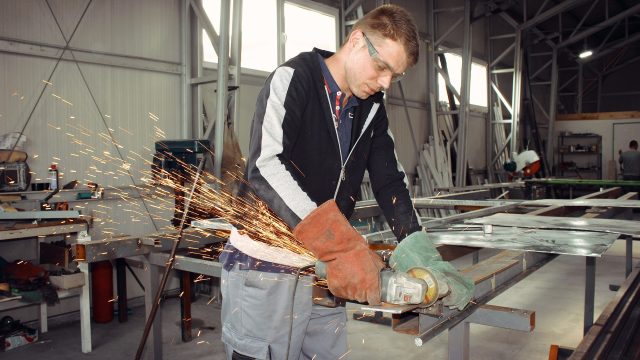
The 4+2 Model is Underway, Which Will Revolutionize the Relationship Between School Education and the World of Work
The recent approval of the bill to reform technical-professional education in Italy marks a significant turning point in the country’s education system. This change, which introduces the 4+2 supply chain model, represents a step forward in the connection between the world of education and that of work, responding to an increasingly urgent need to align the skills of young people with the needs of the market.
The 4+2 supply chain model, at the heart of the reform, provides an educational path divided into four years of technical or professional education followed by two years of specialization. This system was designed to offer students a solid and comprehensive education, which combines theoretical knowledge and practical skills, allowing them to enter the world of work with adequate and marketable preparation. The Minister of Education and Merit, Giuseppe Valditara, underlined the importance of this new model, stating that it is an “important day” for Italian students and for the country’s productive system. The reform, explained Valditara, is the result of teamwork within the majority and represents the maintenance of a commitment made to young people and the world of work.
One of the main objectives of the reform is to create a “series A” education channel that is not seen as a second-rate choice compared to traditional academic paths, but as a valuable opportunity to build a solid and profitable career. This new system is inspired by the best European experiences in technical-professional education, aiming to train highly qualified professionals who are ready to respond to the challenges of the job market. The 4+2 model not only ensures high-quality training, but also promotes greater involvement of companies in the educational process. Companies will be able to actively contribute to the definition of training programs, ensuring that the skills taught are in line with market needs and with technological and productive developments.
One of the most serious problems affecting the Italian labor market is the so-called “mismatch” between the supply of training and the demand for jobs. Today, many companies struggle to find the skills needed to fill available positions, resulting in a slowdown in the growth and competitiveness of the production system. This disconnection between education and the world of work has been recognized as a crucial problem by the reform, which aims to drastically reduce this gap. The greater connection between training and business, envisaged by the new model, should help fill this gap, offering students not only theoretical education, but also practical and direct experience in the world of work. This dual approach has already been successfully adopted in other European countries, such as Germany, and has proven to be effective in ensuring a high employment rate among young graduates. The reform also introduces a series of innovations in training programs, which will be updated to reflect the needs of an ever-changing labour market. The new skills required, especially in high-tech sectors such as automation, artificial intelligence and sustainability, will be integrated into school curricula, offering students cutting-edge training. Furthermore, the reform includes the introduction of specific training modules on soft skills, transversal skills increasingly required by companies, such as the ability to work in a team, problem solving and time management. These skills, often underestimated in traditional educational paths, will be an integral part of technical-professional training, helping to train complete and versatile professionals.
The approval of the technical-professional education reform represents an important step towards a more equitable and inclusive education system, capable of offering concrete opportunities to all students, regardless of their background. The new 4+2 model could not only improve the employability of young people, but also help reduce the rate of school dropouts, a problem that is still significant in some areas of the country. Furthermore, greater integration between education and the world of work should favour a more robust and sustainable economic recovery, thanks to the availability of up-to-date skills that respond to market needs. Italian companies, especially those involved in innovative and technological sectors, will be able to count on a qualified and trained workforce, capable of supporting the growth and competitiveness of the country.
The reform of technical-professional education marks a fundamental step in the renewal of the Italian education system. The 4+2 model, with its integrated and innovative approach, offers a concrete response to the need to train young people ready to enter the world of work with adequate and up-to-date skills. Thanks to this reform, Italy is getting closer to the best European standards, focusing on quality education that can really make a difference for the future of young people and for the competitiveness of the national production system.



 Subscribe
Subscribe